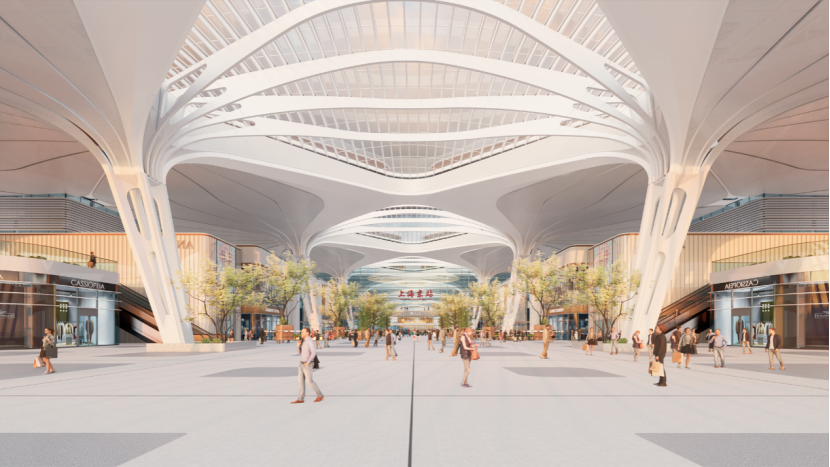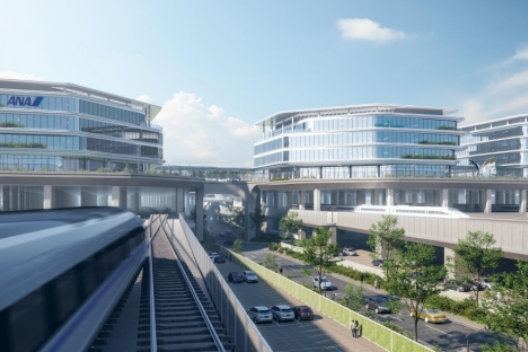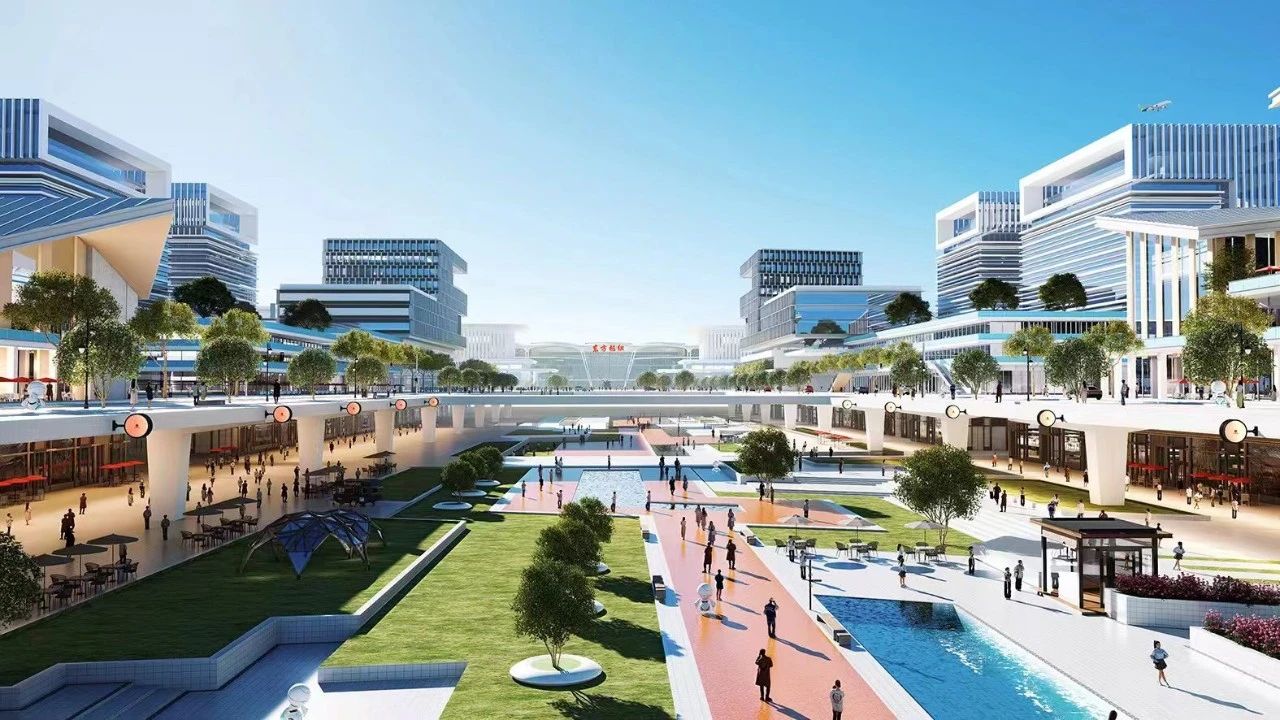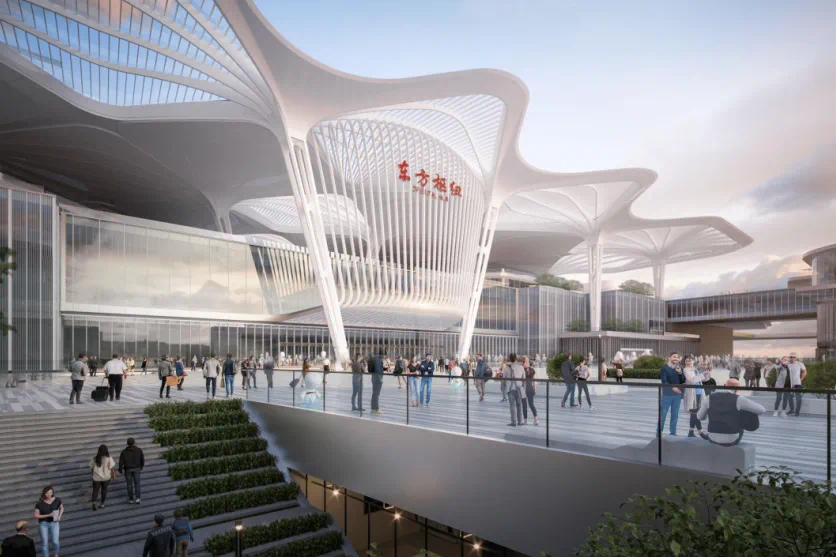Shanghai details plan for new visa-free business zone near Pudong airport

Shanghai has released the detailed development plan for the Shanghai Eastern Hub International Business Cooperation Zone, a new visa-free business district near Pudong International Airport.
The plan outlines how the zone will support international trade and business activity through flexible space design, integrated transport systems, and policy innovation.
Approved by China's State Council, or the nation's Cabinet, in February 2024, the zone covers 880,000 square meters — roughly the size of 120 football fields — and is the first of its kind in China.
It connects the Pudong airport with the under-construction Shanghai East Railway Station. Foreign visitors invited by registered companies will be able to enter the zone without a Chinese visa.
They can stay up to 30 days, with the option to extend. A port visa service will be available on site. Entry into the rest of the Chinese mainland will require standard customs checks.
The planning document focuses on creating a space that can adapt to changing industries. Instead of fixed business districts, the area will be divided into flexible units that can be rearranged to support different types of enterprises.
Key roads and walking paths will form the core movement network. Important buildings and activity spaces will be positioned along these paths. Smart infrastructure will include underground automated freight systems, driverless shuttles, and skywalks linking major buildings. People and goods will move through separate systems to reduce congestion.
The zone will support three main types of activity. It will provide office space and meeting facilities for global companies. These spaces will be equipped with real-time multilingual translation and smart conference tools to support cross-border business talks.
It will also offer training programs in fields like digital trade and artificial intelligence. These programs will be developed in partnership with universities and industry groups to help companies better understand international rules and practices.
The zone will also host exhibitions focused on advanced industries such as new energy and biomedicine. Facilities will include immersive display areas and fast customs clearance for trade samples and equipment.
To support daily operations, the zone will include hotels, duty-free shops, cultural theaters, and themed restaurants.
Legal, financial, and consulting services will be available on site, including cross-border payment systems, intellectual property support, and international dispute resolution.
Public infrastructure will include modern networks, energy systems, and inspection centers for people and cargo.
A multi-level traffic system will connect the business zone to both the airport and the railway station. Highways, ground-level roads, and underground routes will allow smooth travel for both people and goods.
A special "airside corridor" will link the airport, railway station, and the business zone directly. Foreign guests with official invitations will be able to move between the three locations without passing through full customs each time.
The zone is designed to support Shanghai’s broader goals of boosting global connectivity and economic openness.
It combines new business rules, upgraded services, and real-time transport access in one place. The planning approach focuses on turning passenger and cargo flow into long-term business activity.
Construction of the first phase is expected to finish in late 2025. Full operations are planned by 2030. The zone will work alongside events like the China International Import Expo to provide year-round support for global trade and cooperation.




Source: Shanghai Eastern Hub International Business Cooperation Zone Authority


